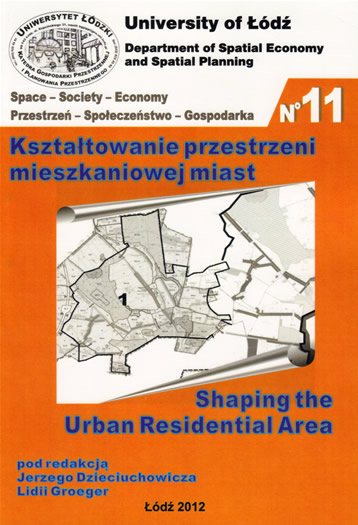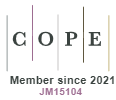PERSPEKTYWY ROZWOJU RYNKU LOFTÓW W KRAKOWIE
DOI:
https://doi.org/10.18778/1733-3180.11.14Abstrakt
Loft is a type of large and spacious apartment adopted, modernized and rendered for the residential use. Loft apartments, as an integral part of former industrial buildings, have evolved to be a significant asset on the housing market all around Poland, especially in urban areas. Łódź and Żyrardów hold the largest supply and most prospective opportunities for loft market development, although such investments have also been made in Bytom, Warsaw, Wrocław and Zielona Góra. This study examines contemporary “loft-style” residential development in Cracow with a special regard to the post-industrial buildings presently being converted to lofts. The author looks on existing and planned loft investments through the lenses of future renewal and regeneration of postindustrial areas. The issues discussed in this study include: the scale of investments (number of apartments, size of apartments), various ways of adapting industrial buildings (with a special regard to historic structures and their preservation) and presence of such components as: parking lots and commercial space. Existing and planned lofts are exceptional for the housing market; thus create a great chance for developers to be distinguished and recognized by affluent homebuyers. However, a small number of adaptable postindustrial buildings, especially those of high architectural value, results in rather a meager chance for development of loft market in the city of Cracow.
Pobrania
Bibliografia
Bagiński K., 2010, Loft – mieszkanie dla wybrednych, „Essence”, nr 9-10/2001.
Google Scholar
Dzięcioł K., 2008, Lofty – produkt dla koneserów, Rynek Mieszkaniowy – komentarze i analizy REAS, nr 2 (25).
Google Scholar
Duda J., Dyba O., Pochwała S., 2000, Dawne Zakłady Rzemieślnicze i przemysłowe Krakowa, Muzeum Inżynierii Miejskiej w Krakowie, Kraków.
Google Scholar
Januszewski S., 2009, Ochrona dziedzictwa kultury technicznej – ku nowemu otwarciu [w:] Januszewski S. (red.), Dziedzictwo postindustrialne i jego kulturotwórcza rola, Fundacja Hereditas, Warszawa.
Google Scholar
Koziński A., 2008, Druga ziemia obiecana, „Wprost”, nr 47 (1249).
Google Scholar
Krakowski Rynek Nieruchomości – raport 2009, 2009, Wydział Strategii i Rozwoju Miasta UMK, Kraków.
Google Scholar
Uchwała nr XXIV.292/07 Rady Miasta Krakowa z dnia 24 października 2007 r. w sprawie uchwalenia miejscowego planu zagospodarowania przestrzennego obszaru Browar Lubicz.
Google Scholar
Wirska-Parachoniak M., Korfanty P., 1993, Z dziejów zakładów przemysłowych w Krakowie – C. K. Uprzywilejowana Fabryka Maszyn M. Peterseima [w:] Szeliński M., Ochrona zabytków techniki, przemysłu i sztuki inżynierskiej, Zeszyty Naukowo-Techniczne Oddziału Stowarzyszenia Inżynierów i Techników Komunikacji w Krakowie, z. 26.
Google Scholar
Zygmunt R., Krochmal P., 2006, Pozyskiwanie i przekształcanie obszarów poprzemysłowych w Krakowie (referat wygłoszony na konferencji INFOR pt. Zagospodarowanie przestrzenne Krakowa, Kraków 3-4.10.2006, artykuł opublikowany na www.krn.pl/raporty/tereny_poprzemysłowe.pdf, dostęp 01.11.2010).
Google Scholar
Pobrania
Opublikowane
Jak cytować
Numer
Dział
Licencja

Praca jest udostępniana na licencji Creative Commons Attribution-NonCommercial-NoDerivatives 3.0 Unported License.









